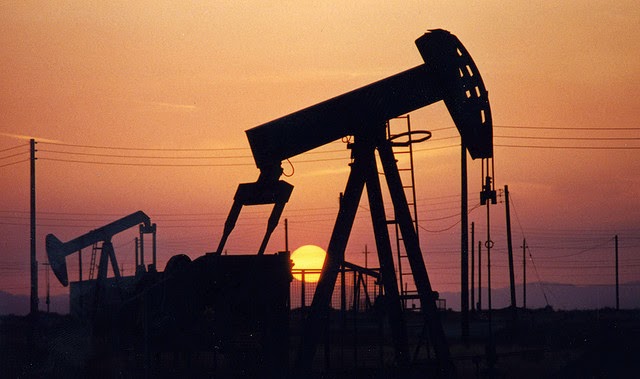Salt- Dome Locations in the Gulf
Coastal Plain, South-Central United States
ABSTRACT
Information on salt domes in the Gulf of Mexico Coastal Plain,
south-central United States and the adjacent Continental Shelf were compiled
from major published sources, 1973-84. The location of 624 salt domes is shown
on a map at a scale of 1:1,500,000. A color coding system was used to show that
the occurrence, size, shape, and location of these domes varies among sources.
Two tables of additional data accompany the map and include other available
information such as: identifying sources, depth to salt and caprock, diameter,
volume, name, and uppermost zone of surrounding sediment that is penetrated, as
well as the number of matches between sources. * The locations of salt domes
that penetrate specific permeable zones within the gulf coast regional aquifer
systems are shown on maps.
INTRODUCTION
The Gulf Coast Regional Aquifer-System Analysis (RASA) covers an
area of 230,000 square miles onshore and 60,000 square miles of the adjacent
Continental Shelf (fig. 1) (Grubb, 1987). The aquifer system consists of
Cenozoic sediments that were divided into aquifers, permeable zones, and
confining units (Grubb, 1987, p. 104). This division was accomplished by: 1)
Identifying a really extensive units of low permeability; 2) identifying large
hydraulic conductivity contrasts between adjacent permeable zones not separated
by a regional confining unit; and 3) identifying variations in hydraulic head
with depth (Weiss and Williamson, 1985; Weiss, 1990; and Hosman and Weiss,
1988).
PURPOSE AND SCOPE
This study was initiated under the Gulf Coast Regional
Aquifer-System Analysis to compile published data on salt domes to the edge of
the Continental Shelf. The composite data were compiled to study the
possibility of salt domes as a source of salt in brine waters in Cenozoic sediments
of the Gulf of Mexico Coastal Plain in the south-central United States and
adjacent Continental Shelf (Williamson and others, 1990, p. 107). The
shallowest permeable zone penetrated by each dome has been identified in order
to assess the possibility of salt dissolution and movement through the
permeable zones. In this report, the compiled data are displayed on a map and
in a table. Salt-dome locations and geometry were compiled from eight sources,
each of which investigated all or part of the study area. Salt-dome name,
location, depth to salt and caprock, diameter, volume, and identifying sources
used for this compilation are provided in a table.
DISCREPANCIES BETWEEN REFERENCES
Identification of salt dome locations from each of the references
used to construct plate 1 are compared in table 1. The discrepancies in dome
identification between references are due to several factors. First, the more
recent references reflect advances made in seismic surveying and other remote
sensing methods of geophysics. Therefore, some structures that were identified
by earlier references as salt domes have been reclassified as non-salt
structures, whereas other salt domes have been identified for the first time.
For this reason, recent references were favored in compiling these data.
Second, despite the advancements, identification of salt domes from seismic
surveys remains highly subjective (such that two people using the same data may
reach different conclusions). Third, the different investigations are based on
different databases of raw material and published information. For example, the
U.S. Department of the Interior (1983) lists neither Martin (1980) nor Halbouty
(1979) as references. Halbouty (1979) lists only those salt domes that have
been confirmed by drilling, so that his base list of 343 domes should be
considered fundamental. However, Halbouty (1979) also identifies some domes
that no other sources identified (for example, Eugene Island Block 231).
Finally, the references use different depth criteria for identifying salt domes
from deeper salt structures.
Understanding the problem of locating and identifying salt domes
from seismic survey data is important because seismic surveys are a major
source of information for most of the references used in this report. For
example, most of the offshore domes from Martin (1980) were identified from
single-channel seismic surveys and gravity surveys. Single-channel seismic
analysis does not allow for the differentiation between salt domes and shale
plugs (Martin, 1980) because both are piercement structures of similar
densities. This may explain the large number of structures (481) that Martin
(1980) identified. Additionally, the actual location of salt domes may be
blurred because of an effect called sideswipe that allows structures some
distance from the map trace of the seismic line to be projected onto the line.
Exact salt dome locations can be determined only from a very tight pattern of
seismic lines and by correlating seismic surveys with other data.












